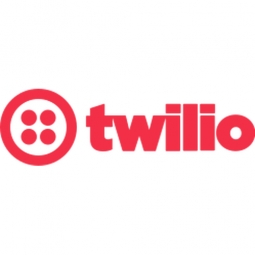Twilio
Case Studies
EMC's Transition to SMS for Real-Time IT Alerts
Overview
 |
EMC's Transition to SMS for Real-Time IT AlertsTwilio |

|
Infrastructure as a Service (IaaS) - Cloud Computing Infrastructure as a Service (IaaS) - Virtual Private Cloud | |
Cement Equipment & Machinery | |
Sales & Marketing | |
Intrusion Detection Systems Tamper Detection | |
System Integration | |
Operational Impact
| The transition to Twilio SMS for IT alerts has resulted in happier users and less work for the IT department. Employees have responded positively to the new SMS monitoring services, and the company has no plans to return to an email-based alert system. The automated Twilio infrastructure eliminates the need for manually sending alerts, as they are automatically generated as soon as the monitoring tool detects an issue. The internal service layer also simplifies reporting usage by department, allowing finance to easily see which groups are using the service and bill them accordingly. The IT team can also clearly demonstrate the value of the tools they provide. The implementation was so smooth that the team did not have to contact support even once. | |
Quantitative Benefit
| Reduced the number of alert emails sent from 1.2 million in a month to an estimated 900,000 SMS alerts a month. | |
| The SMS alerts are three times more likely to be read by users than emails. | |
| The solution is scalable to the needs of 68,000 employees. | |


